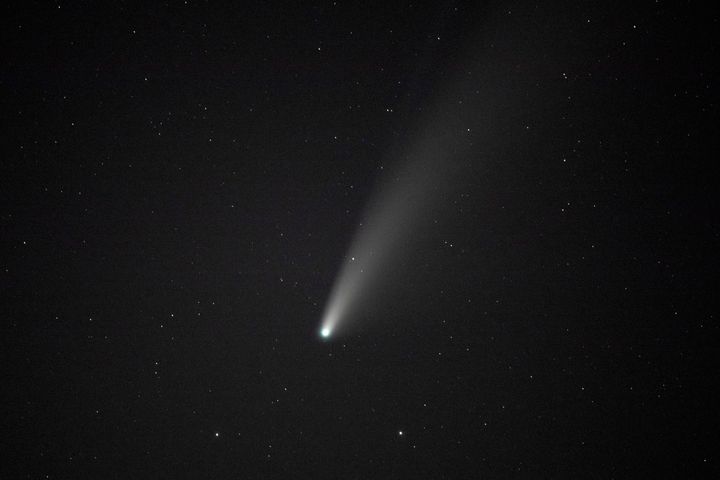
Right now, the Earth has a second “mini-moon” in the form of an orbiting asteroid.
It’ll stay in our skies until 25 November but is sadly not visible to the naked eye (or even a layman’s telescope).
The asteroid is set to return in 2055, however ― unlike this week’s Comet A3 (Tsuchinshan-Atlas), which only comes around every 80,000 years.
Discovered in January of this year, the comet’s rare but dazzling visit is visible to the naked eye.
And there’s more good news: though you might have missed its first visible window between 27 September and 2 October, you’ll get your chance again between 12-30 October.
When and where can I view it?
Though the Royal Astronomical Society says some have called this the “comet of the century,” they stressed there’s no guarantee you’ll be able to spot it easily.
“I think it’ll be a nice comet ― and it looks as though it’s holding up for that ― but it’s unlikely to be as easy to see as Neowise was in 2020 or Hale-Bopp in the late 1990s, which many of us still remember as being a really dazzling object,” Dr Robert Massey said.
Nonetheless some have captured some pretty impressive images of the comet since its arrival into the Northern Hemisphere.
The Royal Astronomical Society says you’re most likely to see it “if you look to the west just after sunset” in the October 12-30 window.
Sunset in the UK is eight minutes after 6 pm as of the time of writing.
BBC Sky At Night adds that the comet will get “a little higher and easier to see each evening” into its second visible window.
How should I take pictures of it?
“It helps if you’ve got a good DSLR camera and can take a series of exposures – a lot of astrophotographers do so successfully,” Dr Massey says.
“Also, if you have a good mobile phone camera and a small telescope, you can hold the mobile phone against the eyepiece of the telescope and try to take a picture that way,” he added.
“That worked well with comets like NEOWISE and it might work well with this one, depending on how bright it is.”
And if it’s easier to spot than you expected, “you might, might be able to pick up your mobile phone, rest on something, and just point and shoot,” Dr Massey added.